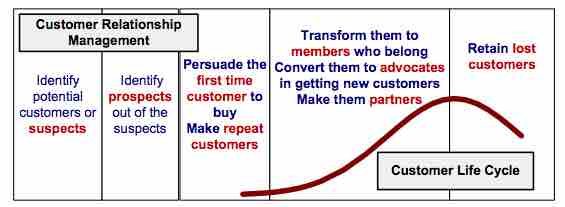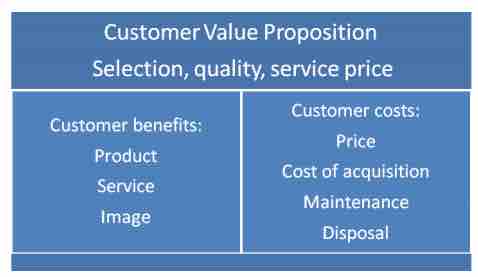Delivering Excellent Service Quality
Customer Service
Customer service is at the core of any successful business, as it provides an incentive for customers to come back. Bringing in new customers is great, but won't keep a business profitable for long if those customers don't come back for more--and they will only do this if they are happy. If they are happy, they will do your marketing for you, spreading the word and bringing in new customers.
Maintaining a consistently high level of customer service is a challenge for any company. In order to continuously exceed customer expectations, service firms must recognize that every aspect of their business has an impact on customer service in some form, not just those aspects of their business which involve face-to-face customer contact. It comes across in a business and its employees' attitude, customer treatment, and approach to customer service.
Examples of excellence in service quality include personalized service, good return policies, complaints desks and hotlines, being able to speak to a human being when calling for service, and so on. Customer service should be included as part of an overall approach to systematic improvement, as a customer service experience can change the entire perception a customer has of the organization .

Customer Life Cycle
The above diagram shows the different stages in the customer life cycle, that marketers should pay attention to.
An Example
A business should want to be known for how it is better than its competitors. If the business offers the best customer service in the local market, then that could form the basis of the customer value proposition.
Take the example of the local Chinese restaurant in the neighborhood. When entering the restaurant, the family is greeted by name and welcomed to their favorite table. Before being handed the standard menu, the owner recommends a dish that is based on the current availability of the freshest ingredients, careful to avoid the customers' dislikes, and with a good sense of what the customers might prefer on that day, given the time of year, and given the weather. The owner automatically brings a glass of the customers' favorite drinks and ensures that the water has a fresh slice of lemon just as the family likes. The owner knows that the family has a birthday coming up and suggests that they can have the dinner party at the restaurant or cater the event at their home if they so desire. She spends time talking to the family and knows all the other restaurants that they patronize. She knows how often they dine out.
This kind of personalized service can do much to engage the customer and it is quite conceivable that this business owner has a large share of this customer's restaurant spending. For higher-end customers, recent surveys show that the accumulation of experiences is more important that the convenience factor of dining out. The customer most likely recommends the restaurant to all her friends. This owner can easily charge a premium to the customer for this level of service and the customer will gladly pay for it. She is able to adjust the menus to meet their requirements and draw more customers.
It is important to divide all customers in groupings that define their profitability. Good customers buy ten plus times more than marginal customers. The business should identify good customers and give them the attention they are due. Some businesses will assign staff to high-value customers. They take the opportunity to develop a deeper relationship with these customers. They will call them to get feedback on their experiences. They will thank them for being good customers. They will collaborate with them to customize the product or service so that it better fits their needs .

The Customer Value Proposition
This table shows the benefits and costs of the customer value proposition.